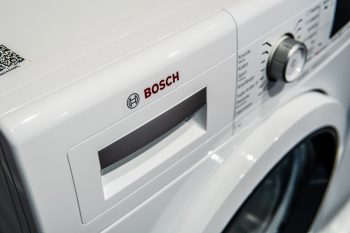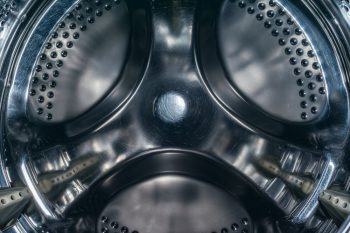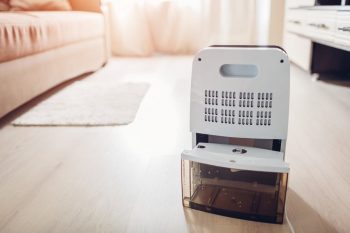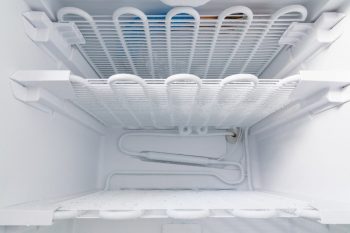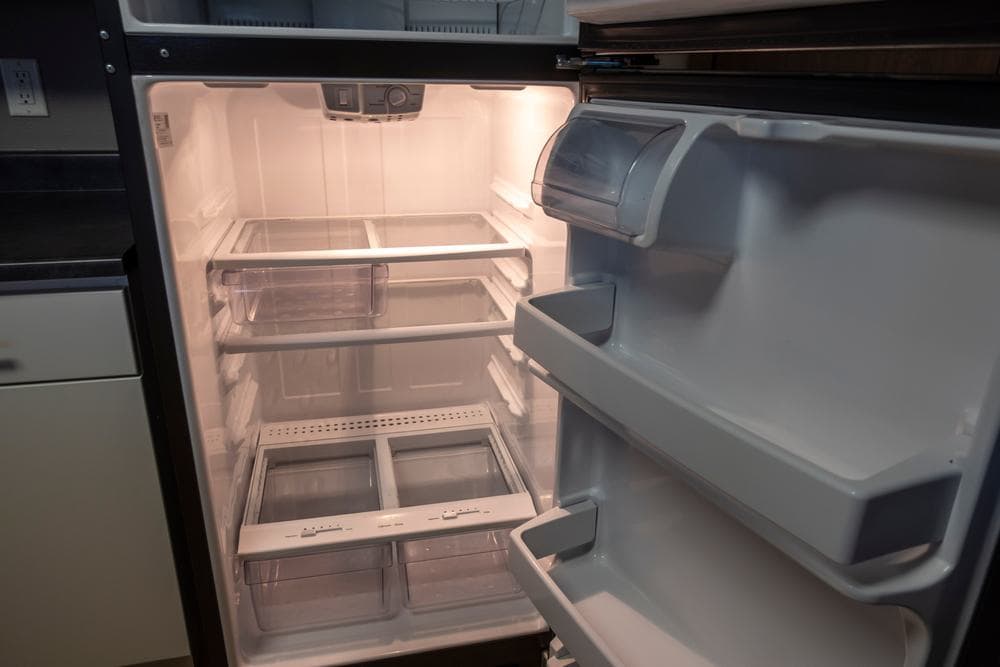
Jacob Perkins (1766-1849), an American inventor, mechanical engineer, and physicist, is known for his significant contributions to various mechanical inventions, including the refrigerator. This article explores Perkins’ motivations behind the invention of the refrigerator, the challenges he faced, and the profound impact of his invention on society and the modern refrigeration industry.
Jacob Perkins invented the refrigerator to address the need for a more efficient and convenient method of preserving food and reducing spoilage. Before his invention, food preservation was limited to methods like canning, pickling, and storing food in naturally cold spaces. Perkins’ refrigerator, which used a vapor-compression cycle, revolutionized food preservation and laid the foundation for modern refrigeration systems.
Who was Jacob Perkins?
Born in Newburyport, Massachusetts, Perkins was apprenticed to a goldsmith at a young age. He held numerous patents, including one for a machine for cutting and heading nails, a method of bank-note engraving using steel plates, and improvements to steam boilers. Perkins’ most notable invention, however, is the refrigerator.
The Need for a Refrigerator
Before the invention of the refrigerator, food preservation methods were limited to canning, pickling, salting, or storing food in cold spaces like rivers, iceboxes, or cellars. The refrigerator was conceived to address the need for a more efficient and convenient method of preserving food and reducing spoilage.
The Birth of the Refrigerator
The idea for a refrigerator was initially conceived by Oliver Evans, an American inventor, in 1805. However, he never built it. Instead, Evans gave Perkins permission to pursue the idea. In 1835, Perkins was granted the first patent for the vapor-compression refrigeration cycle. This invention revolutionized food preservation and laid the foundation for the modern refrigerator, which operates on the same fundamental design.
How did Perkins’ Refrigerator Work?
Perkins’ refrigerator used a vapor-compression cycle to cool fluids and produce ice. It was the first working device to use a system of vapor-compression for refrigeration. The refrigerator was capable of producing ice, a feat that was revolutionary for its time. However, it used potentially dangerous substances such as ether and ammonia to function, posing safety risks to users.
The Impact of the Refrigerator on Society
The refrigerator had a profound impact on society and the food industry. It allowed for better preservation of perishable food items, reducing the risk of foodborne illnesses and improving overall food safety. Further, it made it possible to store a wider variety of fresh fruits, vegetables, and other perishable food items for longer periods, allowing people to have access to a more diverse and nutritious diet. Additionally, refrigeration improved the transportation and distribution of perishable goods, enabling people to have access to fresh foods throughout the year, regardless of the season or their location.
Evolution of the Refrigerator
The design and technology of the refrigerator have evolved significantly since Perkins’ original invention. The first home electric refrigerator was invented by Fred W. Wolf in 1913, featuring a refrigeration unit on top of an icebox. Over the years, various configurations have been introduced, such as bottom-freezer models in 1947 and side-by-side refrigerators in 1949. Today’s leading refrigerator manufacturers have introduced advanced adaptive compressors, which cut energy use by at least 30% and meet the ENERGY STAR requirements.
Conclusion
Jacob Perkins’ invention of the refrigerator was a game-changer in the field of food preservation. His pioneering work laid the foundation for the development of modern refrigeration systems, making it an essential appliance in our daily lives. Despite the challenges he faced, Perkins’ refrigerator serves as an enduring testament to his ingenuity and the profound impact of his work on society and the modern world.
Frequently Asked Questions
What other inventions is Jacob Perkins known for?
Jacob Perkins was a prolific inventor. Apart from the refrigerator, he held patents for a machine for cutting and heading nails, a method of bank-note engraving using steel plates, and improvements to steam boilers.
Why did Jacob Perkins use potentially dangerous substances like ether and ammonia in his refrigerator?
At the time of Perkins’ invention, the understanding of refrigeration technology was limited. Ether and ammonia were used because they have a low boiling point and can absorb a large amount of heat, which is useful for cooling purposes. However, these substances were later replaced due to their safety risks.
Did Perkins’ refrigerator immediately become a common household item?
No, Perkins’ refrigerator did not immediately become a common household item. The first home electric refrigerator was invented by Fred W. Wolf in 1913, nearly 80 years after Perkins’ invention. It took several decades and further advancements in technology for the refrigerator to become a staple in most homes.
How has the refrigerator impacted the restaurant industry?
The refrigerator has had a significant impact on the restaurant industry. It has enabled restaurants to store a wider variety of fresh ingredients for extended periods, improving menu diversity and food quality. It has also enhanced the safety of food storage, reducing the risk of foodborne illnesses.
How does the modern refrigerator differ from Perkins’ original design?
Modern refrigerators have evolved significantly from Perkins’ original design. They are more energy-efficient, thanks to advanced adaptive compressors. They also use safer refrigerants, have better insulation, and come in various configurations to suit different needs, including bottom-freezer models and side-by-side refrigerators.

